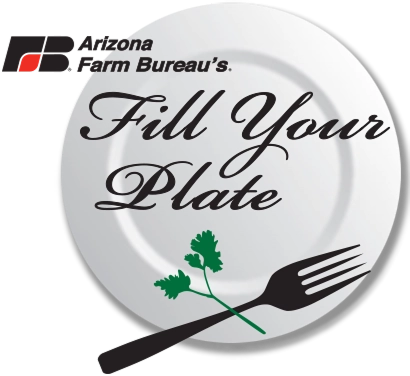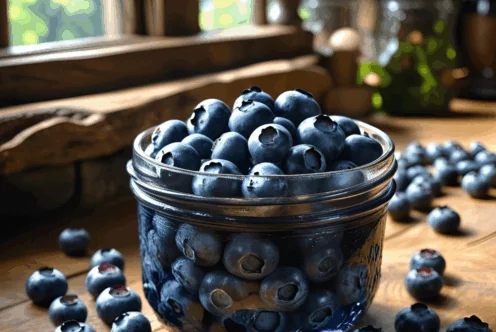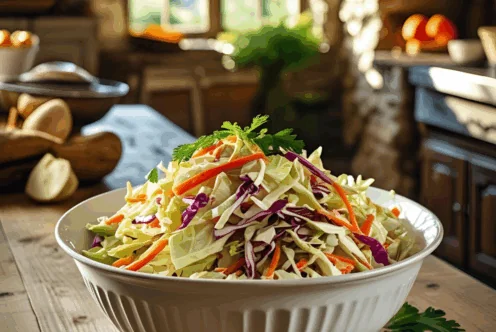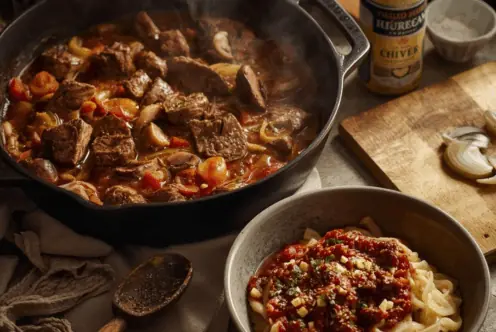Blog
A Closer Look at Plant-Based Food Options

In recent years, the grocery aisles and restaurant menus have witnessed a remarkable transformation with the surge in plant-based food alternatives. As more consumers are adopting vegetarian, vegan, or simply more plant-centric diets, manufacturers have responded by expanding their offerings of plant-based products. These options are often marketed as healthier alternatives to traditional foods, which can tempt health-conscious individuals. However, while some plant-based foods provide significant nutritional benefits, others may be concealing extra added ingredients that could be detrimental to your health.
This in-depth exploration will take a closer look at various popular plant-based alternatives and offer insights on what to watch for when selecting these products.
Plant-Based Creamers
One of the most prevalent plant-based alternatives on the market is creamers that come in various forms, such as those made from oats, almonds, coconuts, and other non-dairy sources. While they may seem appealing, it’s essential to critically evaluate their nutritional profiles. According to nutritionist Josephine Connolly-Schoonen, plant-based creamers can often have calorie and fat content comparable to that of traditional half-and-half.
While half-and-half typically does not contain added sugars, many plant-based creamers do. Increased sugar content can negate some of the health benefits of switching from dairy to plant-based options. This additional sugar could lead to an increased risk of various health issues, such as obesity and diabetes. When purchasing plant-based creamers, consumers should carefully read the ingredient label and nutrition facts to ensure they are making a truly healthy choice for your morning coffee flavoring.

Grain-Free Products
The trend of grain-free foods has proliferated, pushing products like tortillas, chips, cereals, and granola into the spotlight. For those with gluten sensitivities or specific dietary restrictions, grain-free options can be beneficial. However, experts caution that unless you are adhering to a restrictive diet—like the paleo diet—there is no inherent need to eliminate whole grains from your meals.
Registered dietitian Amy Keating notes that whole grains are associated with numerous health benefits, including a reduced risk of heart disease, cancer, and digestive problems. They provide essential nutrients, including fiber, B vitamins, and iron. Grain-free products, while perfectly acceptable in moderation, do not provide the same nutritional advantages that come with whole grains.
Alternative Pasta and Rice
The rise of alternative pasta and rice options reflects an evolving landscape in healthy eating. Products crafted from ingredients like heart of palm, cauliflower, or legumes—such as chickpeas—are capturing the attention of many health enthusiasts. Depending on their composition, these alternatives can offer significant nutritional benefits.
For example, heart of palm pasta and cauliflower rice are lower in carbohydrates and higher in fiber than traditional wheat-based pasta and rice. Higher fiber content can promote digestive health and enhance feelings of fullness, which can help with weight management. Chickpea pasta and rice provide an alternative that, while not necessarily lower in carbohydrates, does offer a higher protein and fiber content compared to conventional options.
As advised by Connolly-Schoonen, it’s crucial to monitor the sodium levels in these products, as some manufacturers may add excessive sodium for flavor enhancement. Too much sodium can lead to an increased risk of hypertension and other cardiovascular issues.
Plant-Based Meat Products
The popularity of plant-based meat products has soared, with many consumers intrigued by options that claim to replicate the taste and texture of traditional meat. These products are often made from processed legumes, such as pea or soy protein isolates, which essentially strip away much of the original nutritional value found in whole vegetables.
Although plant-based meats can offer a convenient protein source, they are frequently high in sodium and preservatives. According to Keating, the highly processed nature of these products raises a red flag. They may be convenient, but they aren’t necessarily healthier than their meat counterparts.
Moreover, many of these plant-based meats include various additives and fillers that can contribute to a less-than-healthy eating pattern. Thus, while they can be a welcome addition to a varied diet, it’s essential to approach them cautiously.
Understanding Labels and Ingredients
As consumers, it’s vital to recall that just because a product is labeled as “plant-based” or “grain-free,” it does not guarantee that it is healthy. By this token, a shift towards a plant-based diet does not automatically necessitate eliminating all animal products or entire food groups. Instead, focus on whole foods, which are generally more nutrient-dense and devoid of added sugars and processed ingredients.
Understanding which ingredients and nutrition facts to look for can significantly influence your choices. Here are some tips for reading labels effectively:
- Check the Ingredients List: Generally, the shorter the list, the better. Whole foods typically have fewer ingredients, while highly processed foods may contain unnecessary additives.
- Look Out for Added Sugars: As noted earlier, some plant-based options include added sugars. It’s essential to choose options with little to no added sugar for optimal health.
- Examine Protein Content: When considering plant-based proteins, check how much actual protein is included. Some may be overly processed and thus lower in nutritional value.
- Watch for Sodium: Many alternative products contain high sodium levels, which can lead to health issues over time. Aim for products with lower sodium content.
- Consider Nutritional Benefits: Assess whether the product provides substantial nutritional benefits, such as fiber, vitamins, and minerals.
This level of awareness is critical for ensuring that you are genuinely making healthful choices.
For further information on how to read food labels effectively, visit FDA’s Guide.
The Bottom Line
Plant-based food options offer an appealing avenue for many people looking to enhance their health. However, it’s crucial to remember that not all plant-based products are equal in nutritional value. Many alternatives can be high in sugars, sodium, and added preservatives—so consumers must be vigilant in their selections.
Making informed food choices should be a personalized journey. It’s beneficial to consult with a registered dietitian or a nutritionist if you’re unsure where to start or how to incorporate these foods into a balanced diet. Seeking whole, minimally processed options as the foundation of your diet is a sensible approach that can yield beneficial outcomes for overall health.
With an array of plant-based alternatives available, there is certainly no shortage of delicious options to cater to a range of tastes and dietary needs. Just as with any food category, balance, moderation, and careful selection are the keys to cultivating a healthy relationship with food.
For more health-related articles and deep dives into various dietary trends, check out the Fill Your Plate blog.
By Heide Kennedy, Arizona Farm Bureau Communications Intern


















